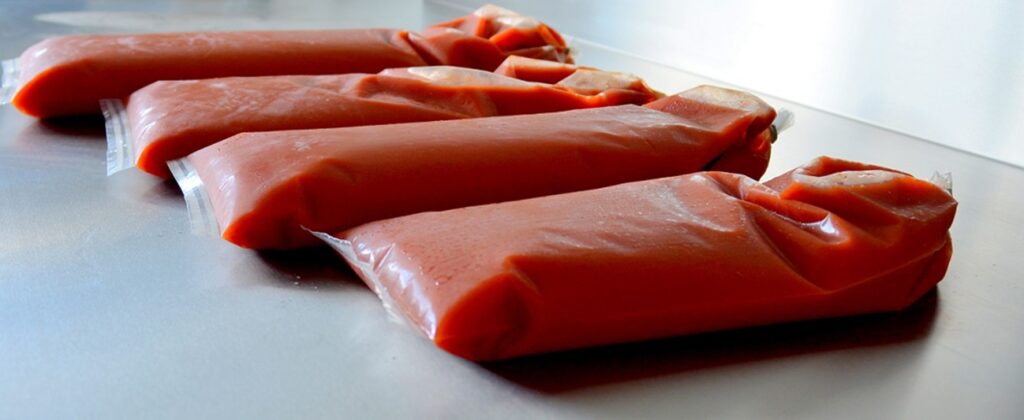As food prices continue to surge there must be a way to save some money in the process.
By adopting a few simple practices, you can extend the shelf life of your food and reduce unnecessary waste. Allowing you to buy or cook in bulk or to buy a larger quantity of your favourite food that happens to be on special.
Here are some tips to help you or your commercial kitchen get started, along with recommendations for some products that help to minimise the main factors of food spoilage; temperature, humidity and exposure to oxygen.

1. Embrace Vacuum Sealing Bags
Beside sous vide cooking, these bags can also be used for Vacuum sealing. Vacuum Sealing which is an excellent method for preserving food as it removes most of the oxygen, which helps prevent spoilage and freezer burn.
Vacuum Sealing Bags are ideal for dry goods like grains, beans, and pasta, to protect them from moisture and pests. As well as perishable items like fruits, vegetables, and meats, through proper refrigeration or freezing, which is crucial.
How it works:
Shelf life is influenced by factors like temperature, humidity and exposure to oxygen. By maintaining optimal conditions and using appropriate packaging, you reduce the risk of bacterial growth, oxidation, and moisture loss, all of which can degrade food quality and safety.
Freezing is always the most effective way of achieving a long shelf life when vacuum sealing. With fisherman giving us testimonials about how their catch lasted 2 years in the freezer, without freezer burn and still tasted fresh.

2. Utilize the Cook Chill Method
The cook chill method is an excellent way to extend the shelf life of primarily wet foods like soups, curries and stews. These bags are made specifically for this method with 115um (micron – bag thickness) and double bottom sealed bags, for extra strength and safety.
Normally used to prepare food in bulk quantities which saves time, operating costs and maintains the consistency in food taste and quality.
How it works:
This technique involves cooking food, quickly chilling it, and then storing it at a safe temperature.
Specifically:
- Cooling foods from above 60°C to 21°C within two hours.
- Then from 21°C to 5°C or lower within the next four hours
- Then put in refrigerated storage at temperatures ranging from -2°C to 0°C
If this method is done properly the shelf life will be a minimum of 28 days as the “Danger Zone” is avoided. Temperatures between 5°C and 60°C is considered the danger zone, which is the range where bacteria and pathogens tend to thrive.

3. Opt for Stand-Up Pouches
Stand-up pouches have emerged as a game-changer for extending shelf life. These versatile and innovative packaging solutions offer both functionality and convenience with its ‘Stand up’ ability.
They are a very popular choice for chefs, home cooks, and food manufacturers to store or sell their dry and liquid foods in these pouches. Used primarily to just seal instead of vacuuming and then sealing, as that would compromise the Stand-Up ability. Here’s how stand-up pouches can help you keep your food fresh longer and improve your storage practices.
Why it works:
Our Stand-Up Pouches have a high micron which creates a high barrier that protects the food against moisture, oxygen, & contaminants, which can extend shelf life. These pouches make for an efficient way to maximise space in storage, whilst being a widely preferred product to display food in supermarkets and cafes due to its design.
Overall, by incorporating these simple yet effective food preservation techniques, you can significantly extend the shelf life of your food, reduce waste, and save money. Whether you’re using Vacuum Sealing Bags, the Cook Chill method, or Stand-Up Pouches, these strategies will help you maintain the freshness and quality of your ingredients.
As food prices continue to rise, these practices offer a practical solution for both home cooks and commercial kitchens, allowing you to make the most of your food purchases and minimize spoilage. Embrace these methods today to enjoy fresher food, less waste, and more savings.

